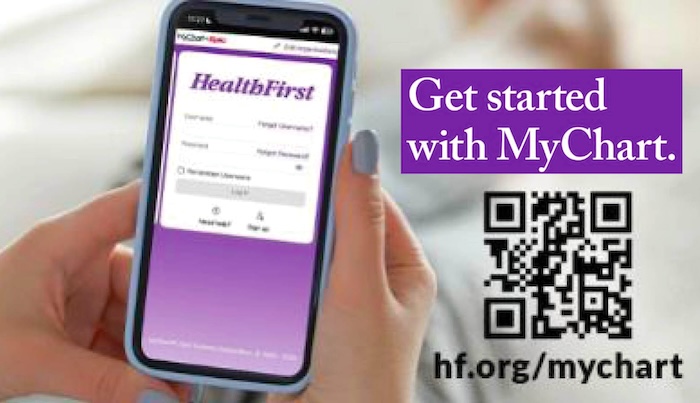Why Telemedicine Will be the Convenient Key to Good Health in 2023
By Space Coast Daily // December 8, 2022

One of the good technologies to emerge from the COVID-19 pandemic was the vast expansion of online telemedicine with doctors and physicians qualified to treat your specific ailment or ailments.
Telemedicine proved not only convenient, but a safer alternative than sitting in a doctor’s waiting room with other sick and viral people.
According to a new report by Healthline, online doctor visits or telemedicine is also referred to as e-health, evisits, mhealth (or mobile health). Whatever you call it, telemedicine is defined as the delivery of a variety of medical care treatments online, from the common flu to mental health care.
Highly trained doctors and physicians provide your treatment in a virtual setting, rather than in a traditional doctor’s office where you will be subject to a face-to-face appointment. While online doctor’s appointments spiked during the pandemic, the idea is not a new one. With video conferencing having become more commonplace over the past decade, telemedicine has grown along with it.
For many years, doctors would consult with their patients over the phone. Then, when the internet became popular, emails became another common way for doctors and patients to communicate. While you can still choose these two options, live online telemedicine visits with doctors and physicians over specially designed portals and websites are said to be more the norm for the coming years.
Telemedicine wasn’t engineered just for busy people. Says Healthline, it came about originally as a way for doctors to treat people who lived in remote regions or communities that were sorely underserviced with medical clinics. During COVID, it was the safest way for a patient who tested positive for the virus to receive the medical care they required.
But more recently, seeing your doctor online has become a convenient tool for people who don’t have time to sit in a doctor’s waiting room for an hour.
How Telemedicine Works
Healthline states that telehealth and telemedicine are often used interchangeably. But the two contain a few differences. For instance, telehealth is said to be a broader terminology since it’s defined as the use of online technology to provide all healthcare needs and functions. These can include electronic gateways for the transferring or storing of individual health records. Telehealth can also include the use of electronic devices which can monitor a patient’s vitals.
Telemedicine is said to be one specific variety of telehealth. It is used for communication or information tech to receive the clinical services you require from your doctor. The goal of interacting with your doctor online or telemedicine is the delivery of good, responsible healthcare with improved patient health results.
How Telemedicine Works
According to Healthline, interacting with your doctor online can differ from one healthcare website or portal to another. However, they all follow a similar plan as explained here:
–You need a connection to an online portal which should provide you with all the information you need regarding your symptoms and what services or treatments they have available that can effectively treat them. That’s when a doctor or physician enters the portal.
–You and a nurse practitioner, nurse, or doctor will review your medical history, and discuss at length your concerns or symptoms.
–The healthcare professional might require you to take certain vital measurements such as blood pressure, heart rate, and temperature. Of course, you need the tools on hand to provide this information. However, many healthcare smartphone apps are available in the 2020s that can give you the real-time data the doctors require.
–If you’re speaking with your doctor online for a follow-up to a surgery, you may be required to house several monitoring devices inside your home. The devices will automatically send real-time results to your doctor. These include devices that measure your weight, oxygen levels, blood pressure, and more.
–At the conclusion of your telemedicine visit, your doctor might prescribe medication for you. The prescription will be sent directly to your pharmacy of choice. The pharmacy can deliver the medication to your front door.
–If when all is said and done, your doctor feels uncomfortable with the results of the telemedicine appointment, he might require you to come to the office for a face-to-face consultation. Or, if your doctor is pleased with the results of the online appointment, you simply log off and go about your day.
Telemedicine in the 2020s is not only a better alternative than visiting a doctor’s office unnecessarily, but it saves time and provides both patient and doctor with a convenience never before realized. In the end, it is also a safer alternative than being exposed to another person’s virus or sickness.












